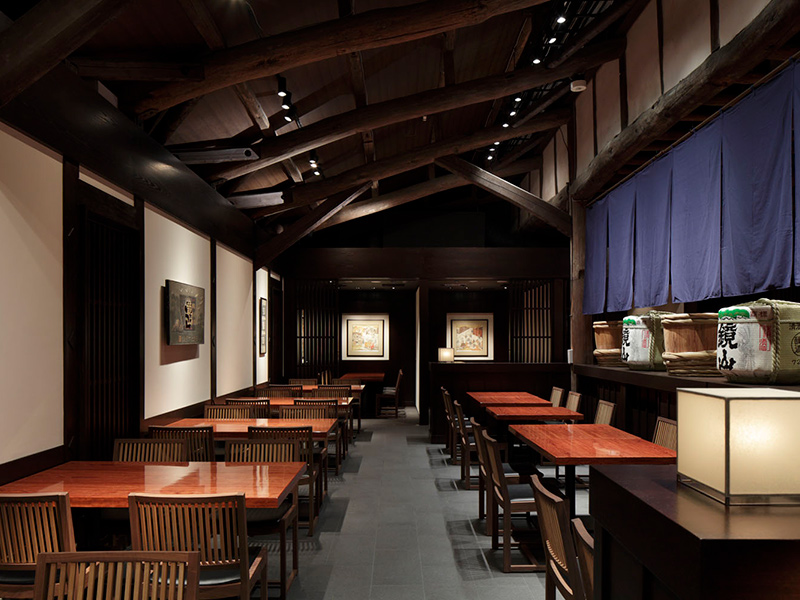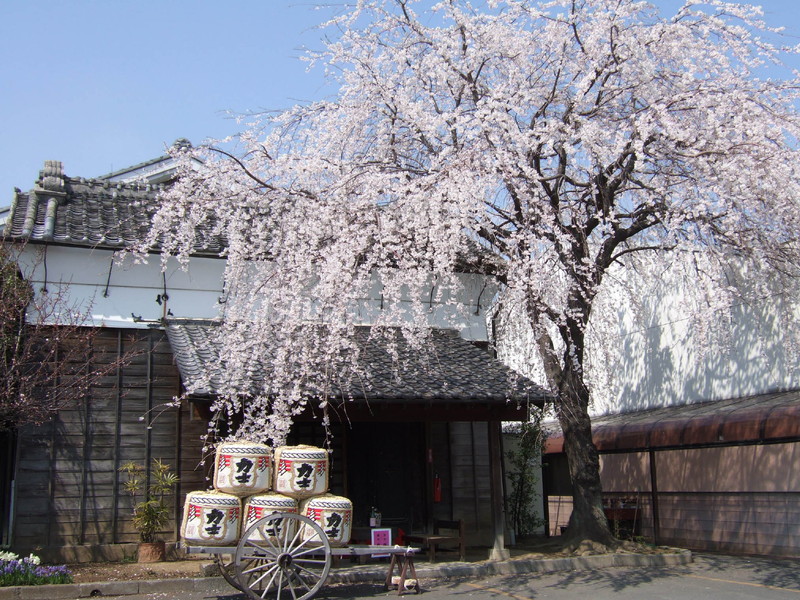Kawagoe City Industrial Tourist Center (Koedo Kurari)
sightseeing
Koedo Kurari is an improved facility retaining the atmosphere of the original Kyūkagamiyama brewery, established in 1875. The brewery, built through the Meiji, Taisho, and Shōwa periods, was remodeled and designated as one of Japan's registered tangible cultural properties along with the three warehouses: souvenir shop (Meijigura), Restaurant (Taishōgura), Japanese sake shop (Shōwagura), and meeting space (Tenjigura).
Basic Information
Location
Saitama Prefecture Kawagoe Shintomichō 1-10-1
TEL
049-228-0855
FAX
049-228-0856
Home page
Facilities
Multi-purpose toilet Breast-feeding room
Business hours / Fee
Business hours
Meiji-gura November to June 10:00 ~ 18:00 July to October 11:00 ~ 19:00 Taisho-gura Weekdays 11:00 ~ 15:00/17:00 ~ 22:00 Saturdays, Sundays, Holidays 11:00 ~ 22:00 Shōwa-gura 11:00 ~ 19:00 Tenji-gura 9:00 ~ 21:30 ※Depending on the circumstances of usage our closing hours may alter.
Regular holiday
(Days for temporary closure)
How to get there
Public transport
A 3 minute walk from Honkawagoe Station of Seibu Shinjuku Line
Parking
2 spaces for buses (Reservation is required through phone)
Universal design
AED installation
〇
Wheelchair rental
〇
Wheelchair parking
〇
Breastfeeding room
〇
Compatible with diaper changing tables
〇













